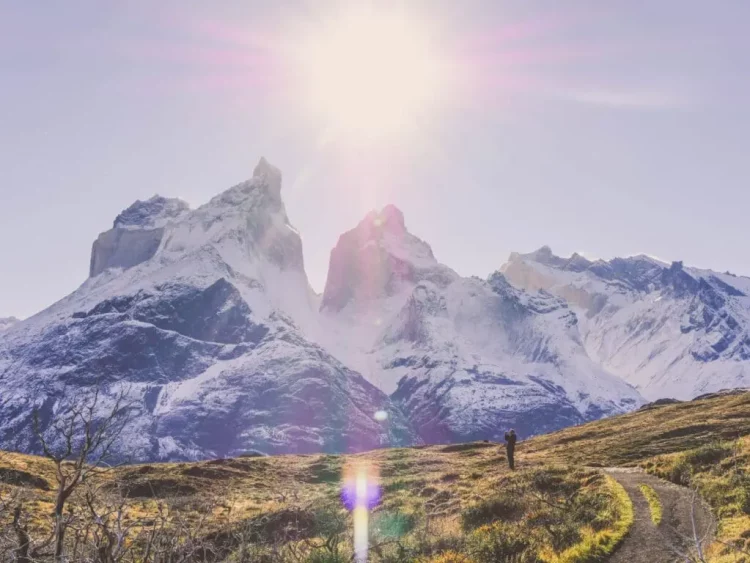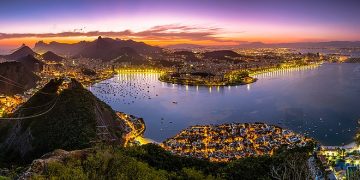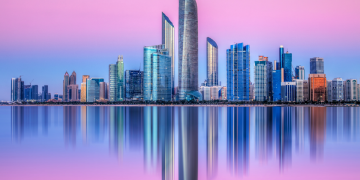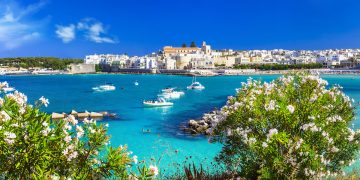The Allure of Stillness at the Edge of the World
Patagonia has long held a mythical pull for those who crave the vast and untamed. A landscape carved by wind, glaciers, and time itself, it once existed in the minds of travelers as the ultimate frontier—where silence stretched as wide as the steppe and trails snaked endlessly into ice-draped mountains. But in 2025, with tourism infrastructure evolving and social media turning every lookout into a potential post, the question echoes louder than ever: can Patagonia still deliver true solitude, especially for the solo traveler?
Eco-Lodges That Blend Into the Wild
The transformation of Patagonia hasn’t come through sprawling resorts or paved highways. Instead, a new breed of eco-lodges has emerged—low-footprint sanctuaries that offer comfort without compromising the wild aesthetic. Places like EcoCamp Patagonia near Torres del Paine and Aguas Arriba Lodge in Argentina’s remote Los Glaciares region use sustainable materials, renewable energy, and off-grid philosophies to preserve the very essence of remoteness. For the solo traveler, these lodges strike a balance: warm meals and cozy domes after days of solitude on the trail. What they don’t offer is overcrowding. Bookings are limited, staff are often locals trained in conservation, and the architecture disappears into the landscape. You wake to guanacos outside your window, not car horns.
Solo Trekking in Fitz Roy and Torres del Paine
Fitz Roy and Torres del Paine remain Patagonia’s most iconic routes, and while trail infrastructure has improved, the scale of the wilderness still dwarfs the human presence. In El Chaltén, Argentina, solo trekkers rise early to catch the orange sunrise spilling over the jagged Fitz Roy massif. Trails like Laguna de los Tres or Loma del Pliegue Tumbado can see hikers, yes—but it’s not unusual to walk for hours with only the sound of your boots and the wind. Across the border in Chile, Torres del Paine’s O Circuit continues to draw the more seasoned solitude-seekers. The W Trek is more popular and partially booked out during the high season, but even then, the feeling of remoteness persists between refugios. And for those who venture off-season in shoulder months like April or November, Patagonia’s silence wraps around them like a thermal layer.
Digital Nomads Meet Their Match in Silence
Despite an influx of remote workers globally in 2025, Patagonia remains a poor fit for those who require fast Wi-Fi and coworking cafés. Connectivity is limited, even in town hubs like Puerto Natales or El Calafate. This is not Bali or Lisbon. Instead, digital nomads passing through often report a kind of intentional disconnection—logging out to log inward. The solo traveler here isn’t just sightseeing; they’re seeking something deeper. In the absence of digital noise, reflection comes easier. Journals fill. Perspectives shift. Days are marked by sunrises, not schedules. Patagonia in 2025 is not a place you come to multitask. It’s where you come to strip things away.
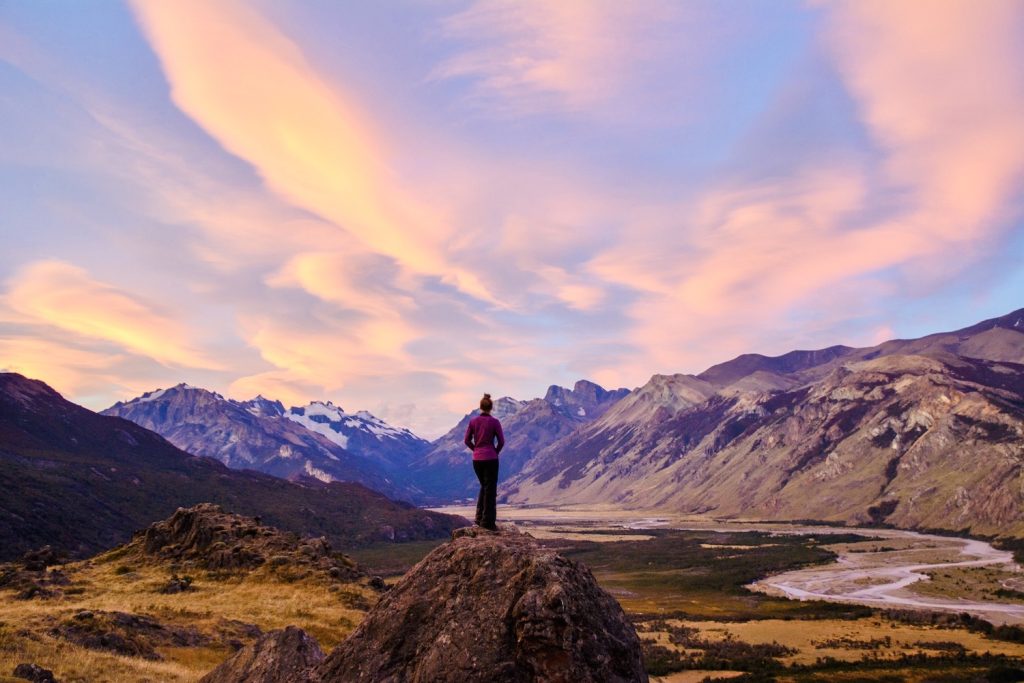
Instagram-Worthy, But Not Instagrammed to Death
Yes, Patagonia’s dramatic vistas—ice-blue glaciers, jagged spires, reflective lakes—are inherently photogenic. And yes, Instagram Reels and TikToks flood the travel feeds with sunrise timelapses at Mirador Base Torres or drone shots of solo hikers dwarfed by mountain amphitheaters. But what’s remarkable in 2025 is that Patagonia resists being reduced to a filtered destination. Most travelers, especially those going solo, report that the magic of Patagonia lies not in the shareable moment, but in the unrecorded ones. Like the hour it takes to cross a glacial stream barefoot. Or the moment you hear avalanches thunder in the distance. Or the quiet communion with a passing condor. Content creators come here—but they often leave quieter, more humbled than expected. And that humility keeps Patagonia’s remoteness intact.
Community in Stillness
For solo travelers, remoteness doesn’t always mean loneliness. Patagonia offers a rare kind of fellowship—a trailhead wave, a shared thermos of mate, or a knowing nod at a windy summit. Conversations spark in refugio kitchens and over stargazing bonfires. Unlike the hostel-hopping buzz of Southeast Asia, Patagonia’s social rhythm is slow, spacious, and intentional. You might walk alone all day, only to share stories under the stars with strangers who feel like kin. In 2025, these encounters feel more precious, as travelers increasingly seek out real connection in a world saturated with shallow ones.
Climate Change and the Remote Imperative
Ironically, what makes Patagonia feel more urgent and sacred in 2025 is its vulnerability. Glaciers like Perito Moreno or Grey are still massive, but they’re changing. Park signs mention melting rates. Rangers speak quietly of shifts in snowpack and altered animal migration. For solo travelers, these observations aren’t abstract. You see them. You feel them. The remoteness isn’t just a luxury—it’s a lesson. And many travelers come away with a sharpened sense of purpose. Patagonia’s remoteness still exists. But it now comes with the unspoken awareness that such wildness needs protection.
Solo Safety in the Wild
In 2025, Patagonia is safer than ever for solo travelers—especially women. Local guides, park rangers, and bus companies are familiar with the needs of independent adventurers. GPS apps like Maps.me and AllTrails offer offline navigation, and satellite beacons are available for rent in major towns. Still, Patagonia demands respect. Weather changes quickly. Trails are long. And solo hikers are encouraged to check in with park offices before heading out. But the infrastructure supports solitude. You can be alone—truly alone—without being unsafe.
Affordable, But Not for the Unprepared
While Patagonia isn’t cheap, it doesn’t have to be expensive either. Budget solo travelers can camp at free CONAF sites, hitchhike safely between trailheads, and stock up on supplies in small shops. The rise of work-trade lodges, hiking cooperatives, and multi-day passes make it accessible for those who plan. At the same time, eco-luxury options have expanded, offering guided treks with gourmet meals, solar-heated cabins, and curated experiences for travelers who want comfort without compromising ethos. What unites all budgets in Patagonia is the value of effort—every vista must be earned, whether on a ten-dollar bus or a thousand-dollar package.
The Answer Is Yes—With Reverence
So, can a solo trip to Patagonia still feel remote in 2025? Absolutely. But remoteness here is not just geographical—it’s emotional, philosophical, even spiritual. It’s about the space to meet yourself in silence. To watch a sunrise that no one else sees. To feel small and alive and part of something vastly indifferent and utterly beautiful. In a world that moves faster every day, Patagonia offers the rare gift of deceleration. For solo travelers in 2025, that’s not just remoteness—it’s revelation.


